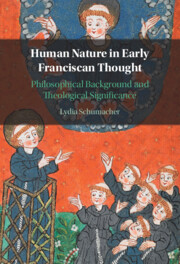This article takes as its springboard the well-known text of Psalm 2:7, in which the Psalmist – presumably David, king of Israel – refers to himself as a ‘begotten’ son of God by virtue of his Lord's decree. The article first explores various linguistic and theological options as to the identity of the ‘son’ to whom the passage refers; and analyses the relationship between that son and the one who is stated to have begotten him. In this context, the article addresses ways in which the passage more generally sheds light on the relationship between God and Israel, including through analysis of a number of fluctuating usages of singular and plural terms in the Old Testament to describe that relationship. Second, and against that background, the article examines texts in the New Testament which quote or refer to Psalm 2:7 to see whether they provide a better understanding of the nature of the relationship between the father and the son described in the Psalm; and further to see whether any enhanced understanding of that relationship reciprocally sheds light on the relationship of God the Father to God the Son as revealed in the New Testament. The article then seeks to determine whether these passages, taken as a whole, provide explicit, implicit, or proto-Trinitarian concepts in anticipation of those given fuller expression in orthodox Church doctrine. Finally, the article explores the concept of circumincession, or coinherence, John of Damascus’ highly abstracted and nearly poetic effort at the close of the Patristic era to provide an extra-biblical explanation of the relationship between the Father and the Son as well as the relationship among the three members of the Trinity. The article concludes by finding that his attempted articulation, and quite possibly all such efforts, will ultimately fail, leaving intact the mystery of the Trinity as one escaping, or rather surpassing, conceptual analysis.


